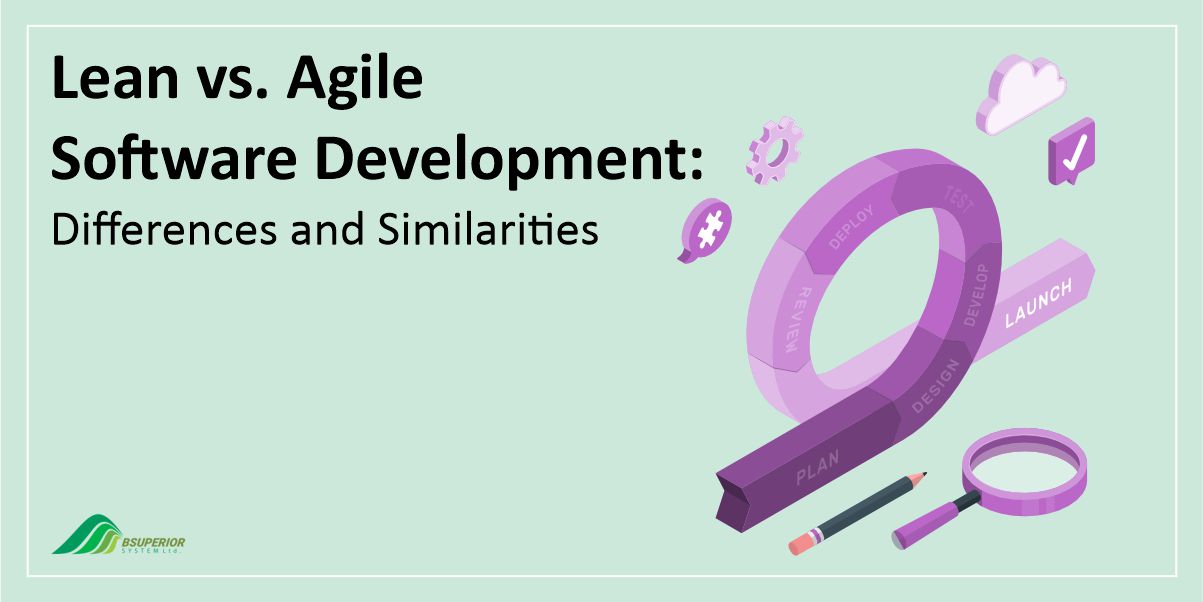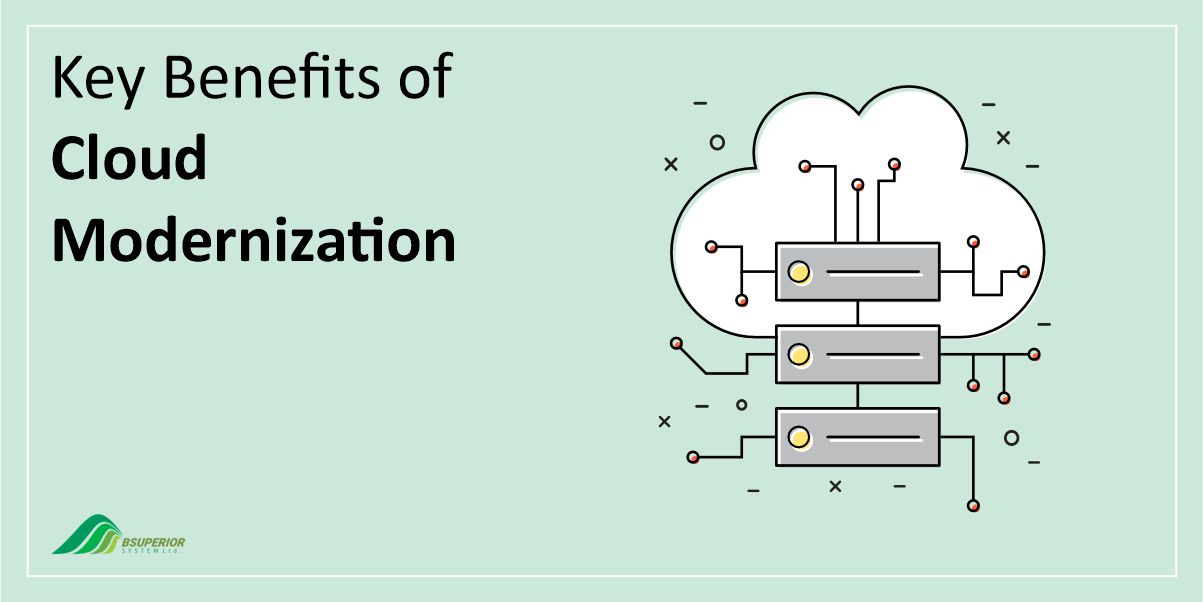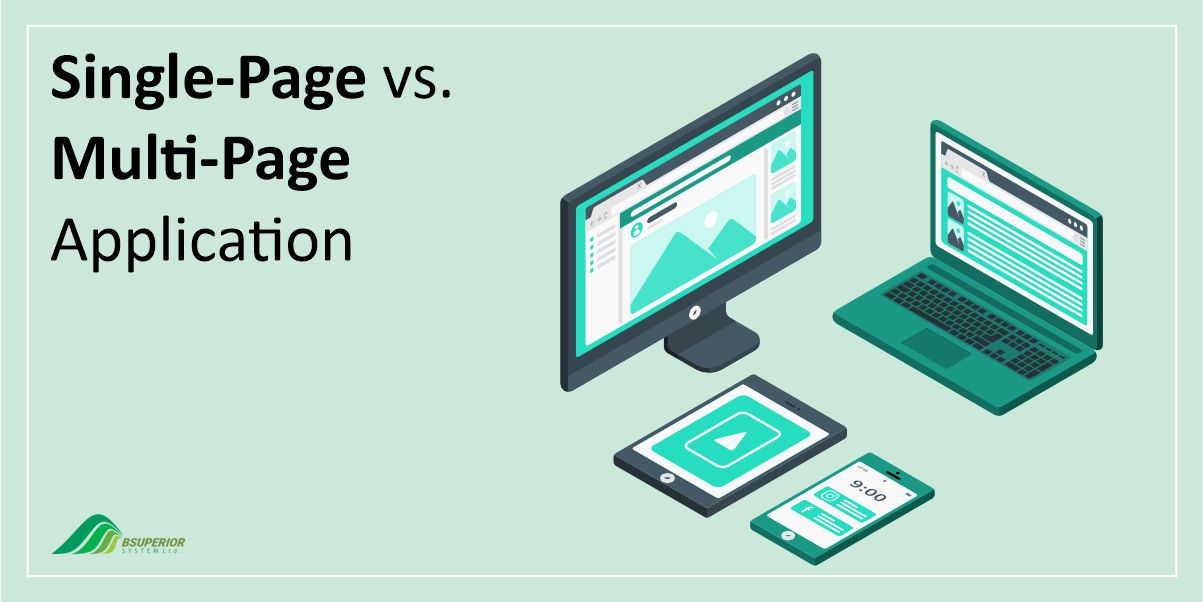Lean vs. Agile Software Development: Differences and Similarities

Table Of Content
- Lean Methodology in a Nutshell
- Agile Methodology in a Nutshell
- Lean vs. Agile: 5 Main Differences
- Lean vs. Agile: 4 Main Similarities
- Lean vs. Agile: Pros and Cons
- Lean vs. Agile: When You Should Use Them?
- Lean vs. Agile: What Are the Challenges?
- Lean vs. Agile: Which One is Better?
- Lean and Agile: Are They Mutually Exclusive?
- Final Words
Lean and Agile are two of the most popular approaches to software development. Lean is the master of efficiency, eliminating waste, and maximizing value. Agile, on the other hand, is the champion of adaptability, always ready to tackle new challenges.
In this blog post, we’ll discuss both these approaches and explore their strengths and differences. By the end, you’ll be equipped to choose the perfect project management style for you and your team.
Lean Methodology in a Nutshell
Lean Manufacturing, an idea from Toyota in the 1930s, gave birth to Lean Methodology. It’s all about cutting out unnecessary steps and focusing on what truly matters to the customer.
There are seven key principles, including getting rid of waste, building quality from the start, and respecting the people involved.
One surprising aspect of Lean is its focus on building things only when they’re actually requested, instead of stockpiling them just in case.
Another key idea in Lean is Kaizen, which means improvement. In Lean, this means constantly looking for ways to improve the process, not just blindly following the same old routine.
Lean also believes that the people who do the work know the best way to do it. That’s why it encourages workers to take ownership of their methods and managers to trust their expertise.
Agile Methodology in a Nutshell
Agile is all about creating better products, especially digital ones. It started with a set of core principles outlined in the Agile Manifesto (2001) and has grown into a whole bunch of different approaches and tools.
But one thing that’s always been important in Agile is people. Now, there’s even more focus on company culture and how people think about their work. This means Agile can now be used to develop things beyond just digital products.
The Agile Manifesto lays out four core values that guide the process:
- People Before Process: Working together as a team is more important than following rigid rules or using fancy tools.
- Working Product Over Paperwork: It’s better to have a functioning product that can be tested and improved than spending all your time writing documents.
- Happy Customers Over Rigid Contracts:: Instead of just following a contract, Agile encourages close collaboration with the customer to make sure the final product is exactly what they need.
- Adapting to Change Over Sticking to a Plan: Things can change mid-project, and Agile is all about being flexible and adjusting your approach as needed.
Read More: Lean vs. Scrum in Software Development [Ultimate Article]
Lean vs. Agile: 5 Main Differences
While both Agile and Lean are great for software development, they take slightly different approaches which will be explained below.
| Feature | Agile | Lean |
| Goal | Adapting to change, delivering value quickly | Eliminating waste, creating efficient processes |
| Development Style | Short iterative cycles (sprints) | Continuous small improvements |
| Project Timeline | Short cycles (2-4 weeks) to deliver features | Focusing on optimizing workflow, no set timeframe |
| Team Structure | Small, self-organized, cross-functional teams | Multiple teams with team leaders |
| Focus | Project scope, customer value, gathering feedback | Improving development process for better quality and eliminating defects |
1. Different Goals
- Agile: Lean and Agile might seem like the same thing, but they have distinct goals. Agile is all about flexibility and adapting to change. It emphasizes getting feedback quickly and constantly making adjustments to plans.
This makes Agile ideal for situations where things can change on a dime, like software development. - Lean: Lean, on the other hand, is laser-focused on eliminating waste and making processes smoother. It also values people and gets them involved in constantly making things better.
The ultimate aim is to create a system that delivers the most value with the least resources.
2. Development Style
- Agile: Agile breaks projects down into short, iterative cycles called sprints. Each sprint involves planning, building, testing, and getting feedback. This cycle repeats until the project is complete.
- Lean: Lean focuses on making small, continuous improvements to the development process itself. While this can shorten development time, it’s not the main goal.
3. Project Timelines
- Agile: Agile teams work in short cycles (2-4 weeks) to deliver features quickly.
- Lean: Lean teams shorten timelines by optimizing the flow of work and limiting unfinished tasks. Unlike Agile, Lean doesn’t have a set timeframe.
4. Team Structure
- Agile: Agile teams are small, self-organized groups with a mix of skills (cross-functional). This might include a product owner, Scrum master, developers, and analysts.
- Lean: Lean uses multiple teams from different departments, each with a team leader. Lean teams don’t necessarily need to be self-organized or cross-functional.
5. Focus
- Agile: Agile prioritizes project scope and customer value. Teams gather feedback after each sprint and adjust the project accordingly.
- Lean: Lean focuses on improving the development process itself to achieve better quality and eliminate defects. This often involves value stream mapping, a technique for visualizing the flow of work.
Lean vs. Agile: 4 Main Similarities
Despite their differences, Lean and Agile share some key principles that make them both successful approaches.
1. A Focus on Improvement
Both methodologies emphasize the importance of constantly refining your processes. Lean calls it optimizing the whole, while Agile highlights responding to change over following a plan. The core idea is the same: avoid stagnation and always seek better ways to work.
2. Keeping the Customer at the Core
Both Lean and Agile methodologies put the customer front and center. Lean achieves this by streamlining processes and eliminating waste, ultimately delivering greater value to the customer.
Agile, on the other hand, focuses on continuously gathering customer feedback and incorporating it into small, incremental changes.
While their approaches differ, both methods share a common goal, which is exceeding customer expectations and delivering a product or service that truly satisfies their needs.
3. Lifelong Learning
Continuous learning is another shared value. Lean uses the term kaizen to describe this concept, while Agile emphasizes technical excellence.
The main idea is the same – developers should constantly learn new skills and experiment with new approaches while working on projects. This ongoing development benefits both the developers and the business in the long run.
4. Flexibility
Lean and Agile methodologies are built for flexibility and allow project managers to be flexible and respond quickly to change.
Lean achieves this by eliminating waste and creating a streamlined workflow. This frees up resources and allows teams to adjust their approach quickly. Agile, on the other hand, emphasizes adaptability by prioritizing customer feedback and incorporating it into ongoing development.
In today’s rapidly changing business environment, this ability to pivot quickly is crucial for project managers. Both Lean and Agile empower teams to be responsive and deliver successful projects even when faced with unforeseen challenges.
Read More: What is MVP in Software Development? Types and Differences
Lean vs. Agile: Pros and Cons
Both Lean and Agile offer a range of benefits for software development.
Lean Pros
- Faster Delivery: Streamlined processes mean your team can deliver higher-quality software features quicker.
- Reduced Costs: By eliminating unnecessary steps, Lean helps you cut down on overall project expenses.
- Empowered Teams: Lean gives your developers more ownership over their work, leading to better decision-making and a more positive work environment.
- Adaptability: The flexible nature of Lean allows your developers to adjust the process as needed, so they can stay responsive to changing requirements.
Agile Pros
- High-Quality Products: The iterative approach with frequent testing in Agile leads to the delivery of high-quality software that meets user needs.
- Happy Customers: By actively involving customers in the process, Agile fosters a sense of ownership and satisfaction.
- Predictable Progress: Agile’s focus on observability and monitoring helps teams estimate timelines more accurately.
- Adaptable to Change: The flexible nature of Agile allows teams to adjust their approach based on new information or changing priorities.
While Lean and Agile offer many benefits, they’re not perfect for every situation. These are some potential drawbacks to consider.
Lean Cons
- Scalability Challenges: Lean can be less effective for large or growing teams because it relies heavily on tight collaboration.
- Documentation Burden: Strong documentation is crucial for maintaining efficiency and iteration in Lean projects. This can require a significant investment of time and resources.
- Over-Fragmentation: Dividing the process into overly small pieces can lead to inefficiencies, where individual tasks might not contribute well to the overall project.
Agile Cons
- Planning Challenges: Given that Agile projects don’t have a predetermined final product, it can be difficult to accurately plan resource allocation.
- Light on Documentation: Agile often prioritizes rapid development over comprehensive documentation, which can create knowledge gaps for new team members or future reference.
- Fragmented Process: The iterative nature can lead to a disconnected feel, with different teams working on separate parts of the project at different paces.
Lean vs. Agile: When You Should Use Them?
When to Use Lean
If you need to streamline operations and boost efficiency, Lean might be your perfect fit. It excels at getting the most out of your resources, making it a proven winner in efficiency-driven fields like manufacturing.
If your company thrives on predictable, repetitive tasks, Lean should be your choice. Whether you’re building cars, crunching numbers in spreadsheets, or developing mobile apps, Lean helps you refine processes to consistently deliver high-quality products.
When to Use Agile
But if you’re navigating the fast-paced world of tech, software development, or any other dynamic environment, Agile will be a better match. It prioritizes flexibility, allowing you to adapt quickly and avoid getting stuck on a rigid plan.
When your product or its features are still taking shape, Agile is your guide. It thrives on an iterative approach, where the product evolves with each step. This flexibility is ideal for projects where requirements may change or discovery is a key part of the process.
Lean vs. Agile: What Are the Challenges?
Even the best methodologies can face hurdles. Let’s have a look at the challenges you may encounter with Lean and Agile.
Lean’s Challenges
Implementing Lean can be met with resistance from employees who are comfortable with their current routines or fear job insecurity.
Also, tailoring Lean principles to different teams can be complex and time-consuming, as each team’s processes and dynamics need to be considered.
Agile’s Challenges
Agile’s emphasis on flexibility can lead to scope creep, where the project’s scope keeps expanding. Collaboration can also be tricky, especially in remote teams. And while Agile’s iterative approach allows for adjustments, frequent changes can disrupt workflows.
Read More: Top 10 API Development Companies in the World
Lean vs. Agile: Which One is Better?
There’s no clear winner between Lean and Agile. It all depends on the software delivery landscape and the specific needs of your business.
- The Rise of Agile: If containerization and CI/CD (Continuous Integration and Continuous Delivery) take center stage, Agile will likely gain wider adoption. This is because Agile’s focus on flexibility aligns well with the fast-paced nature of these technologies.
- Security and Complexity Concerns: However, if businesses shy away from containerization due to security or complexity concerns, Lean might become more popular.
- Company Size Matters: Furthermore, the size of your business plays a role. Large enterprises often rely on containerization and cloud solutions, making Agile a good fit.
Smaller businesses may be more comfortable with the traditional approaches that Lean excels at. However, as smaller businesses grow and adopt more scalable technologies, Agile is likely to become more attractive to them as well.
Lean and Agile: Are They Mutually Exclusive?
Many people think Lean and Agile can’t be used together because they seem so different. Lean is seen as good for predictable tasks, while Agile is for creative projects. As a result of this thinking, many companies choose only one.
But that’s a misconception. Both Lean and Agile have a proven track record across many situations, and they indeed share some key goals. They both aim to:
- Deliver value to customers efficiently.
- Continuously improve by finding better ways to work.
- Connect goals to everyday work for a clear purpose.
- Empower people to contribute their best.
Lean and Agile just offer different ways to achieve these goals. They both provide tools and techniques that can be mixed and matched to fit a company’s specific needs.
In fact, since they share the same basic ideas, they can work very well together. The best results often come from combining Lean and Agile, using tools from both to create something even better.
Final Words
While the exact future of Lean and Agile is uncertain, it’s quite likely that Lean and Agile will converge into a more powerful project management approach.
Additionally, automation and artificial intelligence are likely to play a major role in improving and transforming both methodologies.
The rise of containerization, serverless computing, and CI/CD is expected to further propel Agile’s popularity.
As more businesses adopt these technologies, Agile’s focus on rapid development and adaptation may give it a significant edge over Lean in the software development space.
However, this doesn’t necessarily mean Lean will become obsolete. Lean’s focus on efficiency and waste reduction could still be valuable in other areas of project management.
The future might be one where both methodologies continue to evolve and find their niche applications, or even integrate to create a more comprehensive approach.
We value your input and believe this content may enhance our services. However, it's under review. If you see room for improvement, please use the "Report an issue" button below. Your feedback helps us excel.
Contact us today at –– and speak with our specialist.




